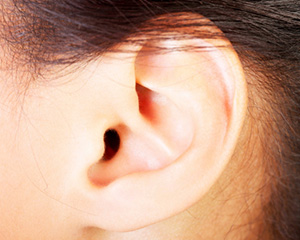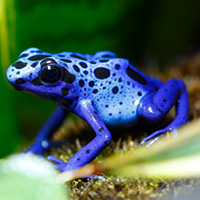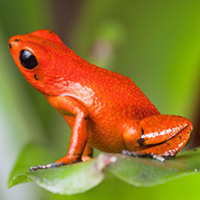For any given gene in a population, there are usually multiple alleles. Some alleles are dominant over others because they affect the phenotype of the animal more than other alleles, which are called recessive. In some cases, alleles show simple dominance and recessive relationships. The phenotype of the dominant allele will completely mask the phenotype of the recessive allele when an individual has both.
Heterozygotes and homozygous dominant individuals (those that have two copies of the dominant allele for a particular gene) will have the same phenotype. The only animals that express the recessive phenotype for this gene will be those that have two copies of the recessive allele (homozygous recessive individuals). For example, whether your earlobe is attached to the side of your head or hangs free is a case of simple dominance and recessiveness. Attached earlobes are a recessive phenotype. To have attached earlobes, a person must be homozygous for the attached-earlobe allele. If he or she has either one or two copies of the free-earlobe allele, the person will have free-hanging earlobes. Because an organism must have two copies of the recessive allele to show the recessive phenotype, this phenotype is usually less common in a population; most organisms will have the dominant phenotype.
Attached Earlobe vs. Hanging Earlobe.


Most of our understanding of simple dominance and recessiveness comes from Gregor Mendel’s famous pea plant experiments in the early 1800s where he methodically crossed plants of different colors and shapes to show how these traits could be inherited in predictable ways. He showed that some phenotypes were dominant to others, which was the result of inheriting some factor that was also dominant to some recessive factor. Because organisms must have two copies of a recessive allele to show the recessive phenotype, these phenotypes are typically less common in a population than dominant phenotypes. Thus, scientists wondered whether dominant alleles would always take over, increasing in frequency over recessive alleles in a population.
Do you understand how dominant and recessive alleles lead to dominant and recessive phenotypes? In the activity below, you have a species of frog that can be either blue or red due to a mutation in the B gene. Blue is the dominant phenotype. Match each genotype to its phenotype.
|
BB
|
  |
|
Bb
|
  |
|
bb
|
  |
Complete
